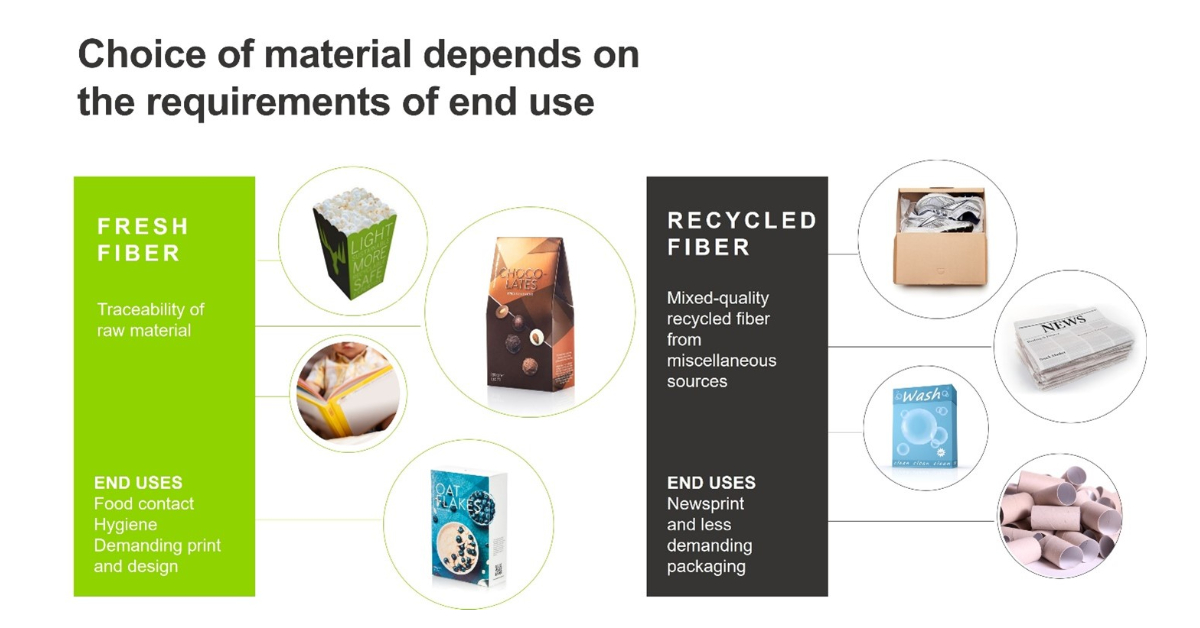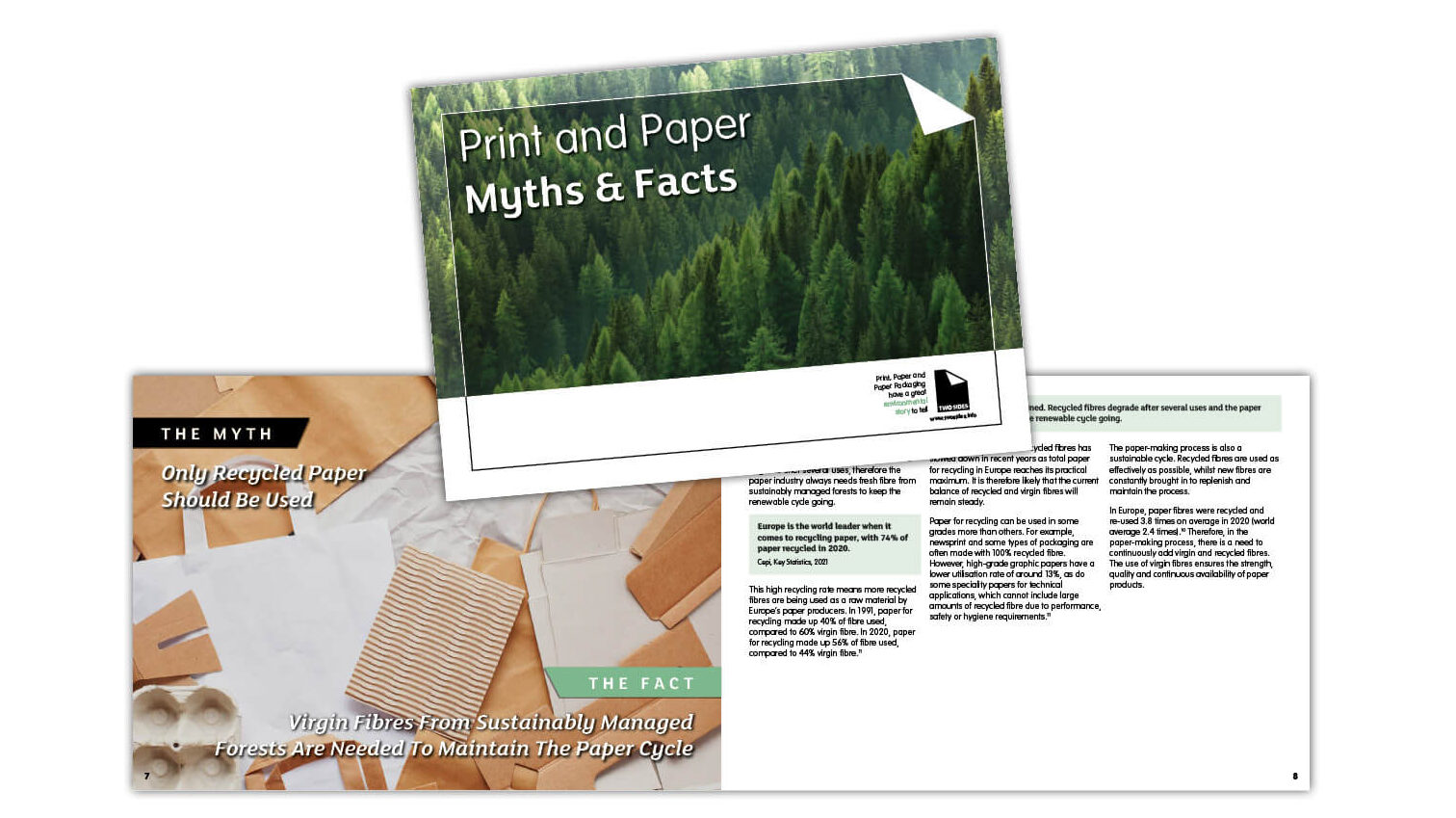Introduction
When it comes to paper products, making sustainable choices is crucial for the well-being of our planet. One important decision we can make is whether to use recycled or virgin paper. Both options have their own set of advantages and disadvantages, and understanding these differences can help us make informed choices that align with our commitment to sustainability.
1. What is Recycled Paper?
Recycled paper is made from post-consumer waste, which includes used paper products such as newspapers, magazines, and office paper. This waste is collected, sorted, and processed to remove impurities before being turned into new paper products.
1.1 Benefits of Recycled Paper
– Reduces the demand for virgin materials: By using recycled paper, we can reduce the need for cutting down trees and extracting raw materials.

– Energy and water savings: The production of recycled paper requires less energy and water compared to virgin paper, resulting in a lower carbon footprint.
– Waste reduction: Recycling paper reduces the amount of waste sent to landfills, helping to conserve valuable landfill space.
1.2 Limitations of Recycled Paper
– Quality concerns: Recycled paper may not always have the same quality as virgin paper, especially when it comes to brightness and smoothness.
– Contamination risks: If the recycling process is not properly managed, contaminants such as inks and chemicals can affect the quality of the recycled paper.
2. What is Virgin Paper?
Virgin paper, also known as non-recycled paper, is made from freshly cut trees or other natural fibers. It undergoes a process that includes harvesting, pulping, and bleaching to create new paper products.
2.1 Advantages of Virgin Paper
– Higher quality: Virgin paper generally offers better brightness, smoothness, and printability compared to recycled paper.
– Versatility: Certain applications, such as high-end printing and packaging, may require the use of virgin paper due to its superior quality.
2.2 Disadvantages of Virgin Paper
– Environmental impact: The production of virgin paper contributes to deforestation.
Summary
Choosing between recycled and virgin paper is an important decision that can significantly impact the environment. Recycled paper is made from post-consumer waste, reducing the need for deforestation and minimizing energy consumption and water usage. It also helps divert waste from landfills. On the other hand, virgin paper is made from freshly cut trees, which can contribute to deforestation and habitat destruction. However, virgin paper often offers higher quality and performance in certain applications.
By considering factors such as the intended use, environmental impact, and availability, we can make informed choices that strike a balance between sustainability and functionalit look at here now y. Ultimately, opting for recycled paper whenever possible can contribute to a more sustainable future by conserving resources and reducing waste.
- Q: What is recycled paper?
- A: Recycled paper is made from post-consumer waste, such as used paper products, that have been processed and turned into new paper.
- Q: What is virgin paper?
- A: Virgin paper is made from freshly cut trees or other raw materials, without any recycled content.
- Q: Which is more sustainable, recycled or virgin paper?
- A: Recycled paper is generally considered more sustainable as it reduces the demand for new raw materials and minimizes waste. Virgin paper production requires cutting down trees and consumes more energy and water.
- Q: Is recycled paper of lower quality compared to virgin paper?
- A: No, recycled paper can have the same quality as virgin paper. Technological advancements have made it possible to produce high-quality recycled paper that meets various needs.
- Q: Can recycled paper be recycled again?
- A: Yes, recycled paper can be recycled multiple times. However, the quality may degrade slightly with each recycling cycle.
- Q: Is recycled paper more expensive than virgin paper?
- A: Recycled paper used to be more expensive, but as demand has increased and production costs have decreased, the price difference has narrowed or even disappeared in some cases.
- Q: How can I identify recycled paper?
- A: Look for labels or certifications such as the Forest Stewardship Council (FSC) or the Recycled Paperboard Alliance (RPA) logo, which indicate that the paper contains recycled content.
- Q: Can I use recycled paper for all purposes?
- A: Yes, recycled paper can be used for various purposes, including printing, packaging, and writing. However, specific requirements may vary depending on the intended use.
- Q: What can I do to promote sustainability when choosing paper?
- A: Opt for recycled paper whenever possible, look for eco-friendly certifications, reduce paper consumption, and consider digital alternatives to paper-based communication.

Welcome to my website! My name is Mason Ringrose, and I am a passionate and dedicated professional Print Management Software Developer. With a strong background in advanced printing technologies, 3D printing innovations, and sustainable printing, I am excited to share my knowledge and expertise with you.

